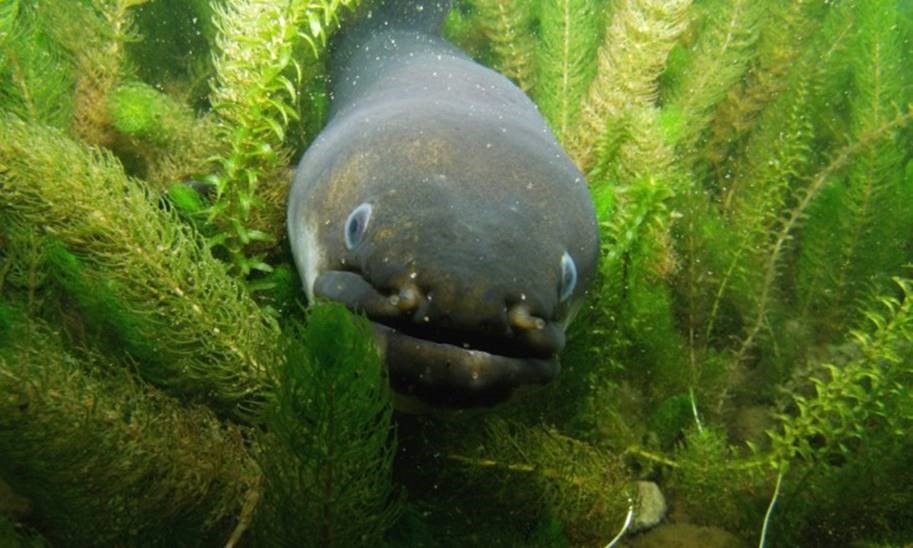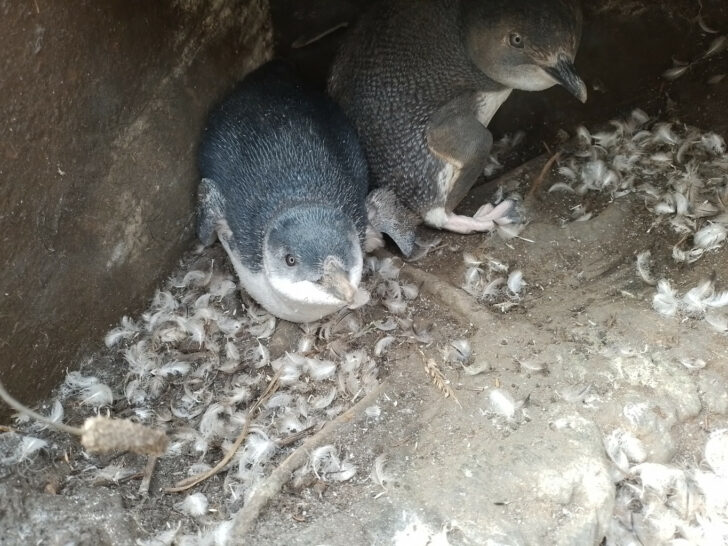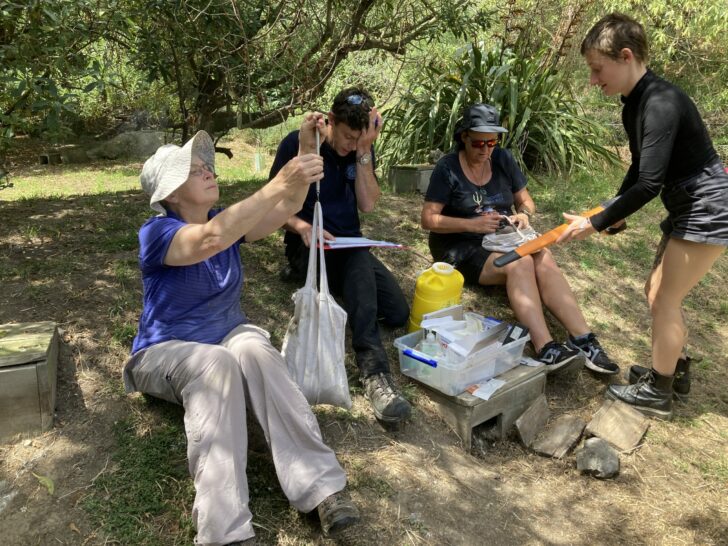Support our community to restore Taranaki's natural environment
We can’t do it alone. We need your help! Any money you donate will go directly to supporting Taranaki projects restoring and protecting biodiversity. You get to choose where it goes to. And if you can’t help out with cash, you can help in other ways.
From the Pacific to the Huatoki: Longfin eels

Imagine this… you’re standing in the Huatoki plaza, central New Plymouth, bag of bread in hand at the edge of the water, ready to feed the big, flowing empty stream… hold up a second, this doesn’t seem quite right?
For those of us who are Taranaki locals, we know what lives in the Huatoki – it’s home to some of New Zealand’s glorious longfin eels. So where are they? For now, those precious taonga are there, but will they be in another decade?
The longfin tuna, or eel, is an endemic species to Aotearoa. These amazing travellers can be found in most waterways and streams around the motu, from sea level to altitudes of 1140m and up to 314km inland. Not a bad feat for something that swims from the South Pacific!
Longfin eels only breed once before they die, for females that’s at about 35-years-old and males at 25. Once sexually mature, their bodies metamorphose, equipping them for their long migration to the Pacific Ocean.
When they finally get to subtropical waters, the female spawns millions of eggs. The larvae hatch and drift back to Aotearoa on the ocean currents over the next 18 months – picture the little turtles in the Finding Nemo movie.
In spring, transparent baby eels, known as elvers, swim into the rivers. Here they will live until they reach sexual maturity and head back to the subtropics to start the cycle all over again.
So why the doom and gloom of staring into an empty Huatoki stream?
Longfin eels are at risk and their numbers are declining. Habitat loss and degradation, commercial fishing, as well as dams and culverts blocking their path up and down rivers have all contributed to their decline.
So what can you do? Plant native plants along stream edges, to provide shaded habitat for the eels. Join one of the many community groups involved in waterways restoration.
Remove barriers, such as culverts and weirs (or provide fish passage) to allow the eels along their migratory path either up or downstream, don’t overfish, and advocate for better regulation of commercial fishing.



